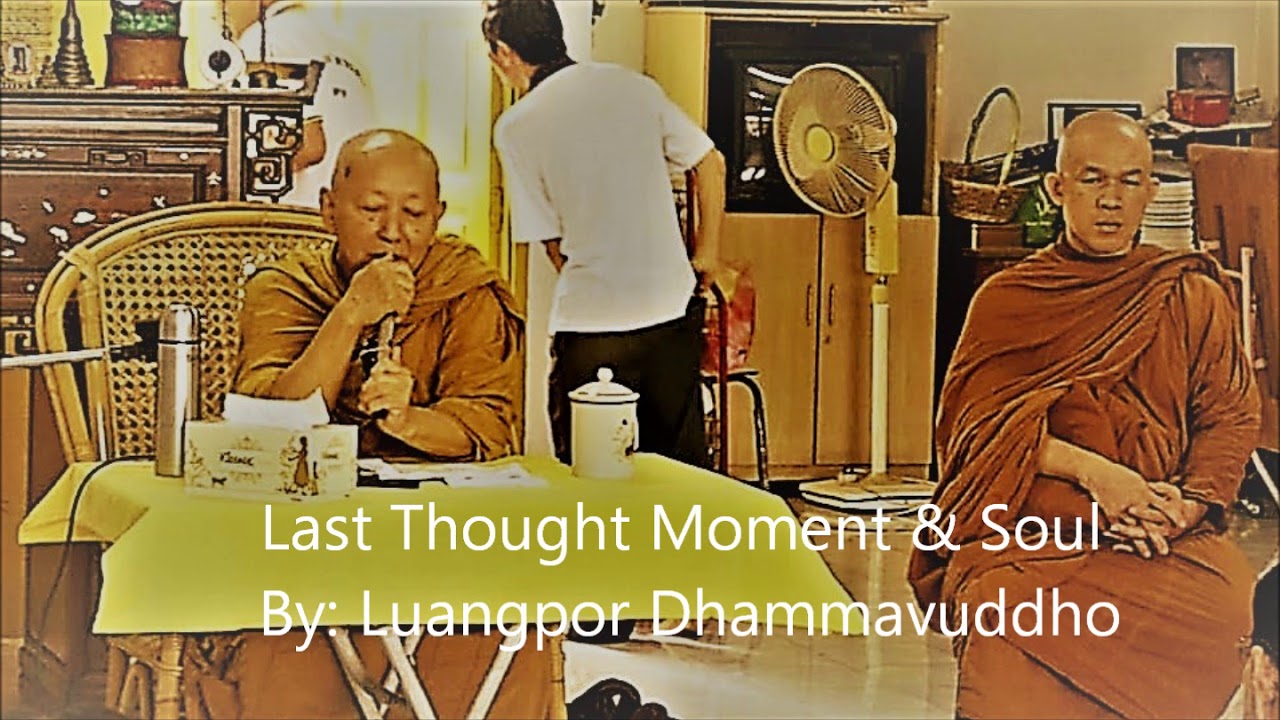If one doubts Atthakatha due to the “defining Dhamma meanings for the words intead of common meaning” which is called as “word play” by the modern scholars, then there is Suttas of same kind as well.
Saṁyutta Nikāya, Lokapañhāsutta
Lujjatīti kho, bhikkhu, tasmā lokoti vuccatī”ti.
It wears away, mendicant, that’s why it’s called ‘the world’.”
Dhammapada, Brāhmaṇavagga
Bāhitapāpoti brāhmaṇo,
Samacariyā samaṇoti vuccati;
Pabbājayamattano malaṁ,
Tasmā “pabbajito”ti vuccati.
A brahmin’s so-called because they have banished evil,
an ascetic’s so-called since they live a serene life.
One who has renounced all stains
is said to be a “renunciant”.
If one doubts Atthakatha due to the “mention of miraculous structure of the physical earth” (mahameru, yugandhara etc.), then there is Suttas of same kind as well.
Aṅguttara Nikāya, Pahārādasutta
Seyyathāpi, pahārāda, mahāsamuddo mahataṁ bhūtānaṁ āvāso; tatrime bhūtā—timi timiṅgalo timirapiṅgalo asurā nāgā gandhabbā; santi mahāsamudde yojanasatikāpi attabhāvā, dviyojanasatikāpi attabhāvā, tiyojanasatikāpi attabhāvā, catuyojanasatikāpi attabhāvā, pañcayojanasatikāpi attabhāvā;
Many great beings live in the ocean, such as leviathans, leviathan-gulpers, leviathan-gulper-gulpers, demons, dragons, and fairies. In the ocean there are life-forms a hundred leagues long, or even two hundred, three hundred, four hundred, or five hundred leagues long.
If one doubts Jataka due to the stories where “people and animals talk with animals”, then their is a story of same kind in Vinaya.
Vinayapiṭaka » Cūḷavaggapāḷi » Senāsanakkhandhaka
Then the Lord addressed the monks, saying: “Formerly, monks, there used to be a large banyan on a slope of the Himalayas. Three friends lived near it: a partridge, a monkey and a bull-elephant.
…
“Then, monks, the monkey and the bull-elephant spoke thus to the partridge: ‘You, friend, are the eldest of us by birth. We will respect, revere, reverence, honour you and we will abide by your advice.’
“Then, monks, the partridge caused the monkey and the bull-elephant to undertake the five moral habits and himself followed the observance of the five moral habits. They, having lived courteous, deferential, polite to one another, at the breaking up of the body after dying arose in a happy bourn, a heaven world. This, monks, came to be known as the ‘Partridge Brahma-faring.’
And if one doubts Atthakatha due to the “mention of Pali as the language in which two children born and raised completely alone in the jungle talk with each other”, then this fact has not yet proven otherwise.
![]()
